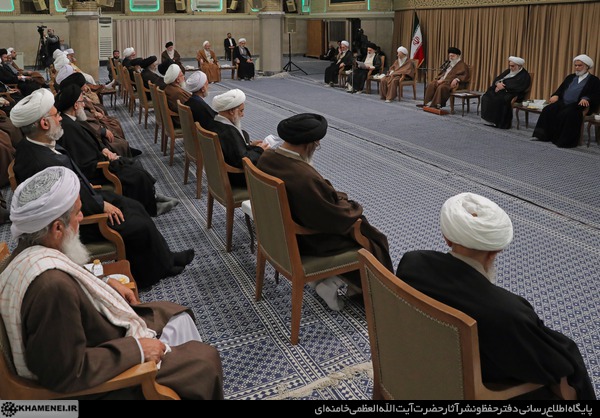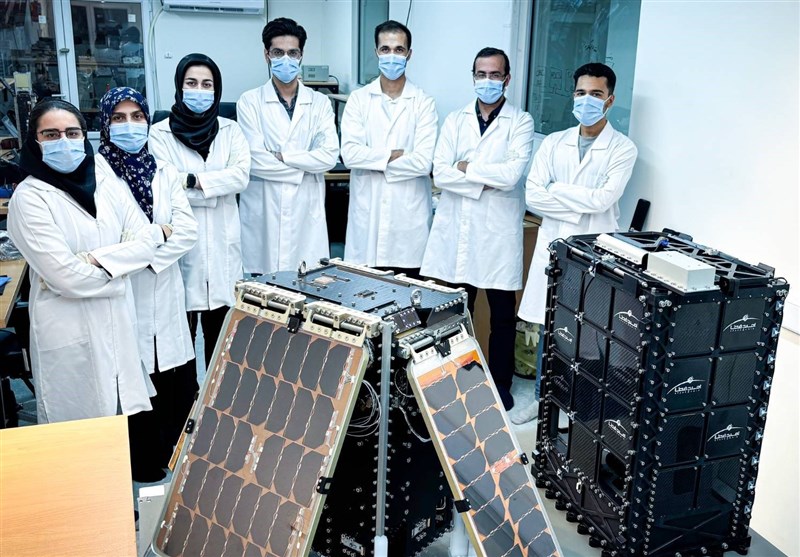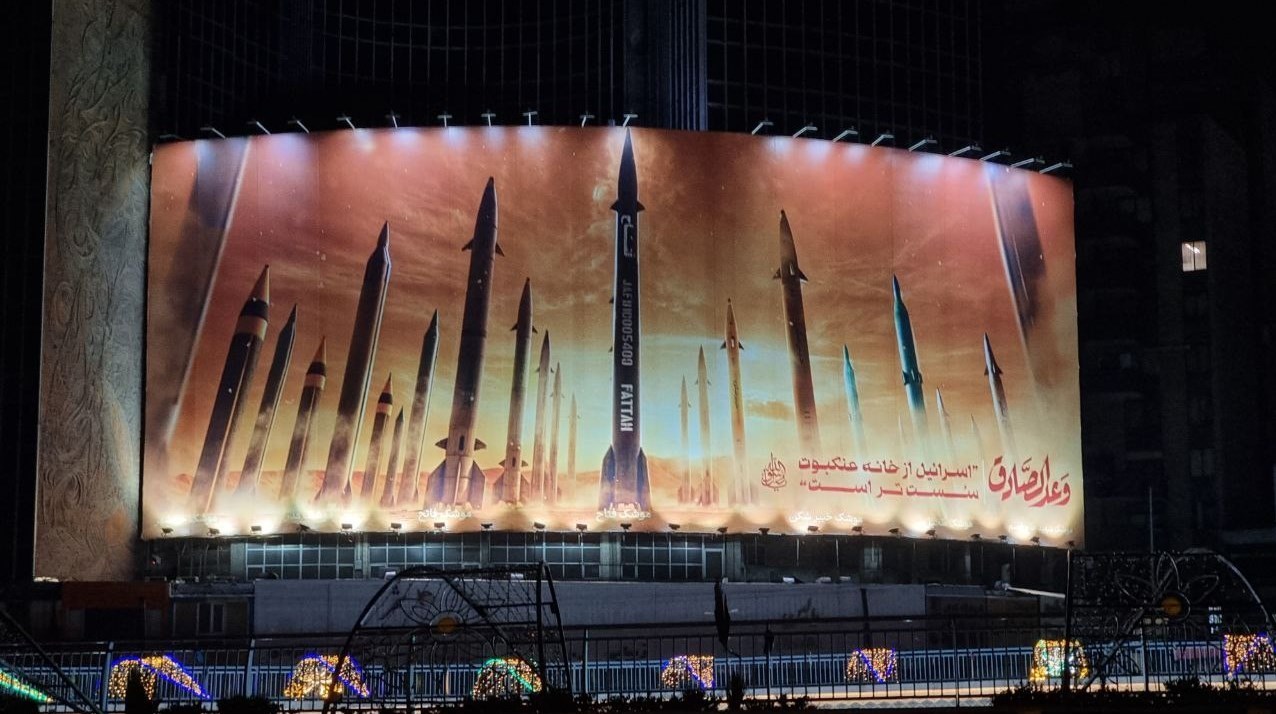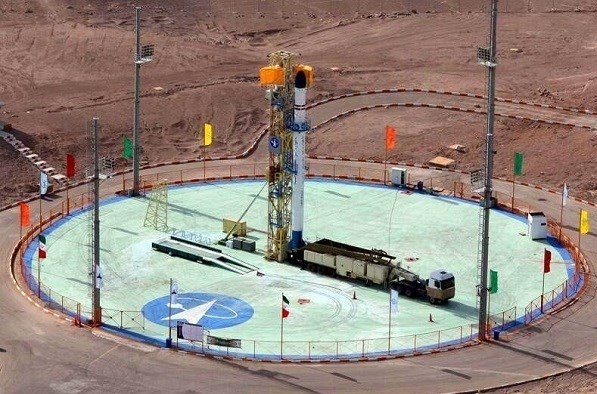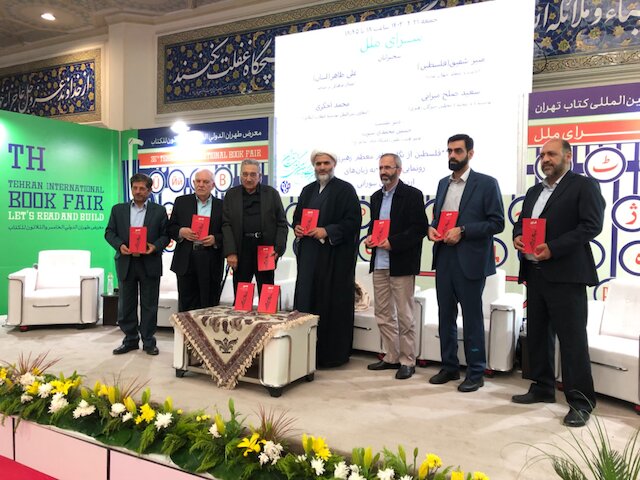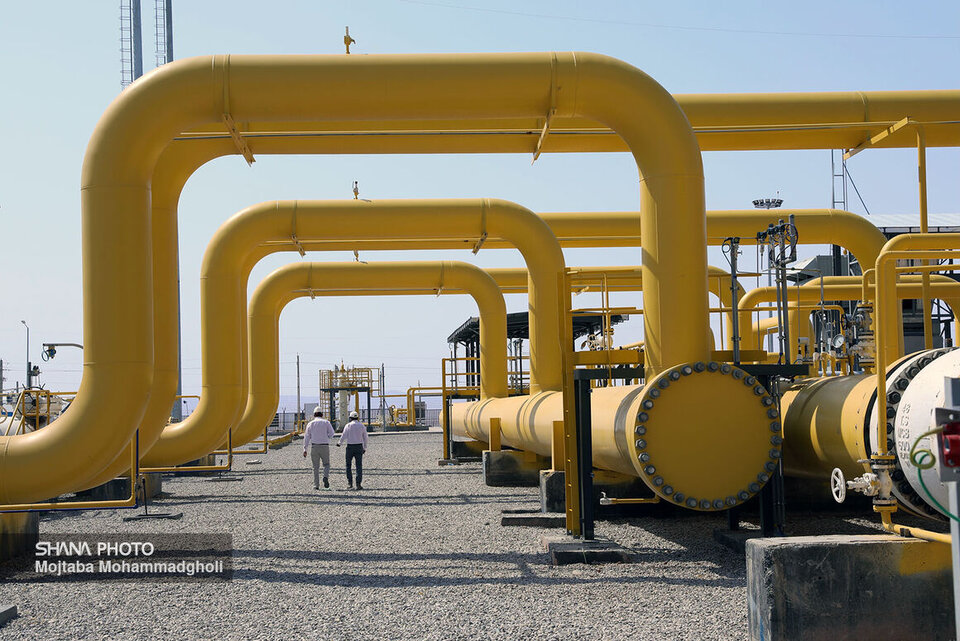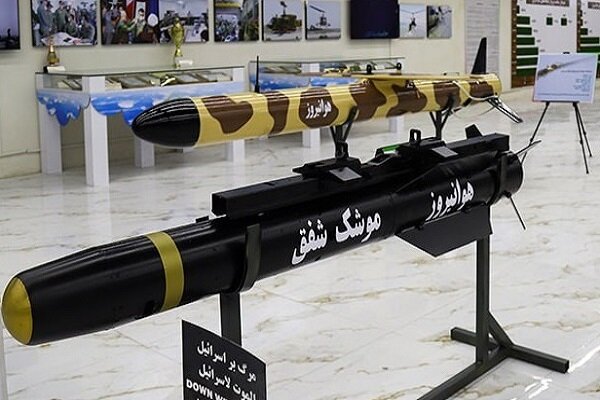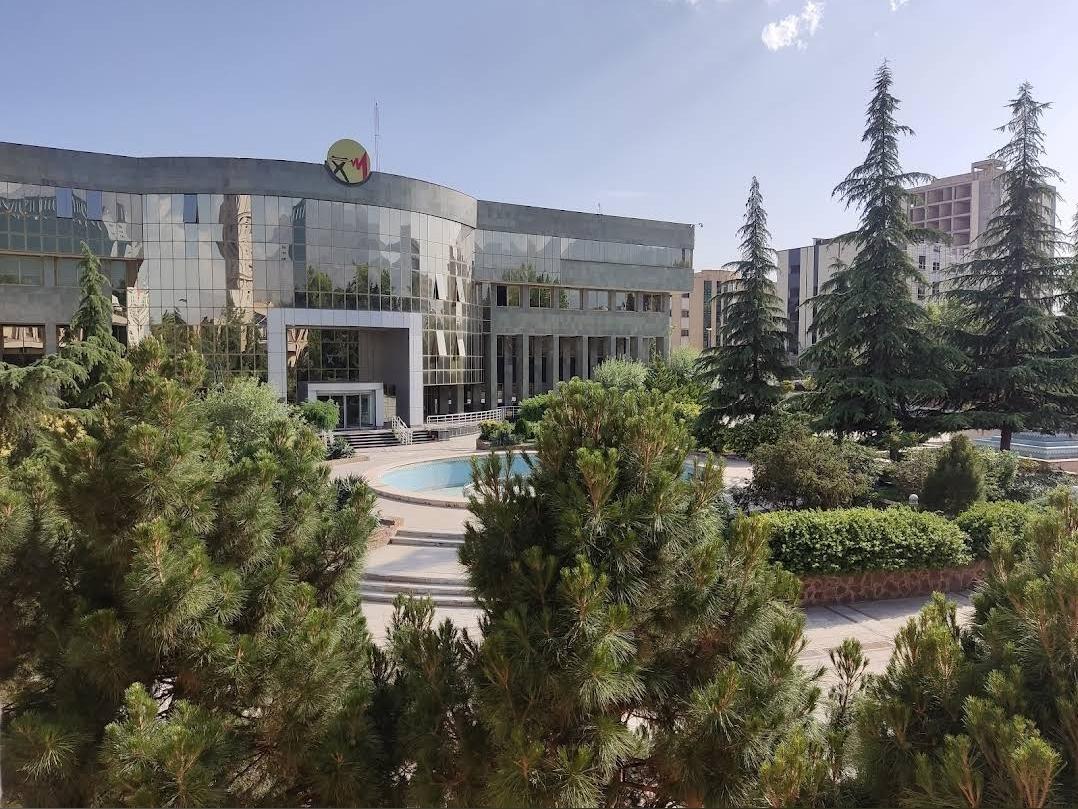
The Tehran headquarters of Tavanir, a subsidiary electricity company of Iran’s Ministry of Electricity.
“There will be electricity cuts in the domestic and commercial sectors.”
While Iran boasts the world’s second-largest natural gas reserves after Russia, it is increasingly difficult for it to provide enough supply to its electrical generating stations to power its electric grid. The problem is especially severe in the winter as consumption increases. Iran’s failure to provide electricity has ramifications for domestic stability and could affect the larger regional operational environment.[i]
The excerpted notice, first posted on the Iranian Ministry of Electricity’s website, noted that there will be forthcoming power disruptions, partially due to the decision not to use mazut. This heavy, low-quality fuel oil is a byproduct of refining but degrades electrical generating plants and causes heavy air pollution. President Masoud Pezeshkian’s decision to shutter mazut-burning plants suggests regime fear of popular backlash to air pollution trumps the discord of suffering power cuts.[ii] He is right to worry; Iran has experienced nationwide protests over poor stewardship of the environment.[iii]
While Iranian analysts place responsibility for the energy shortfall on growing consumption, especially during the cold winter months, such an explanation may be too straightforward and exculpatory toward the regime: Iran’s population growth rate is only 0.8 percent. More likely is that the Islamic Revolutionary Guard Corps (IRGC), which dominates the power industry, is diverting resources for its own aims and agendas. It is unclear if the pending energy cuts will spare the IRGC’s manufacturing base, but, if so, it will likely spark popular antagonism against the elite military force and its domination of Iran’s industrial sector.
Because Iran’s refinery network is decrepit, Iran cannot adequately refine gasoline domestically. This forces the regime to export gas for refining and then reimport it for use in power generation and to inject into oil fields to enable further oil extraction. This creates a lose-lose situation for the Iranian leadership: either it reverts to burning highly polluting substances and risks public protest, or it suffers more frequent power shortfalls and risks public unrest and industrial shortfalls. The danger of either scenario for those outside Iran is similar: When Iran faces domestic unrest, it often lashes out militarily to distract its own public around the nationalist flag.
Sources:
“اطلاعیه شماره ۱ شرکت توانیر درباره برنامه قطع برق”(Announcement No. 1 of Tavanir Company about the power cut program),” Donya-e-Eqtesad.com (nominally independent center-right financial newspaper), 9 November 2024. https://donya-e-eqtesad.com/بخش-سایت-خوان-62/4121436-فوری-اطلاعیه-شماره-شرکت-توانیر-درباره-برنامه-قطع-برق
“We would like to inform our dear compatriots that due to the onset of the cold season and the increase in gas consumption in the domestic sector and the restriction of the supply of gas fuel to power plants, and in accordance with the decisions taken not to consume mazut in some power plants, there will be electricity cuts in the domestic and commercial sectors. Respected subscribers can be informed about the time schedule for imposing electricity restrictions from the relevant electricity distribution companies on the My Electricity System website.”
Notes:
[i] For previous discussion of Iranian blackouts, see: Michael Rubin, “Blackouts in Bushehr Province Risk Unrest,” OE Watch, August 2021. https://community.apan.org/wg/tradoc-g2/fmso/m/oe-watch-past-issues/387127/download/
[ii] For previous discussion of Iranian air pollution, see: Michael Rubin, “Iran’s Pollution Problems Peak,” OE Watch, September 2021. https://community.apan.org/cfs-file/__key/telligent-evolution-components-attachments/13-21393-00-00-00-39-51-99/2021_2D00_09_2D00_01-Iran_1920_s-Pollution-Problems-Peak-_2800_Rubin_2900_.pdf?forcedownload=true&_=465e6ac6175646f29c3498916f3fcd2f
[iii] For discussion of Iran’s arrests of environmental activists, see: Michael Rubin, “Iranian Environmentalists Arrested as Spies,” OE Watch, April 2018. https://community.apan.org/cfs-file/__key/telligent-evolution-components-attachments/13-17883-00-00-00-28-50-74/2018_2D00_04_2D00_01-Iranian-Environmentalists-Arrested-as-Spies-_2800_Rubin_2900_.pdf?forcedownload=true&_=401ef985fd9b4fb89199f41137332cb3
Image Information:
Image: The Tehran headquarters of Tavanir, a subsidiary electricity company of Iran’s Ministry of Electricity.
Source: https://static.neshanmap.ir/places/images/dca/1043877_3901745–شرکت-توانیر.jpeg
Attribution: Nashan.ir

